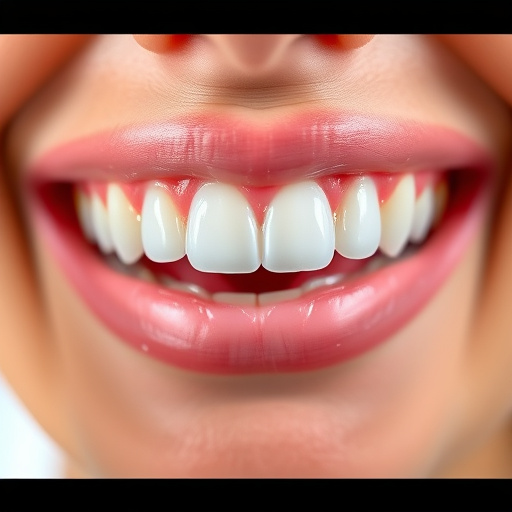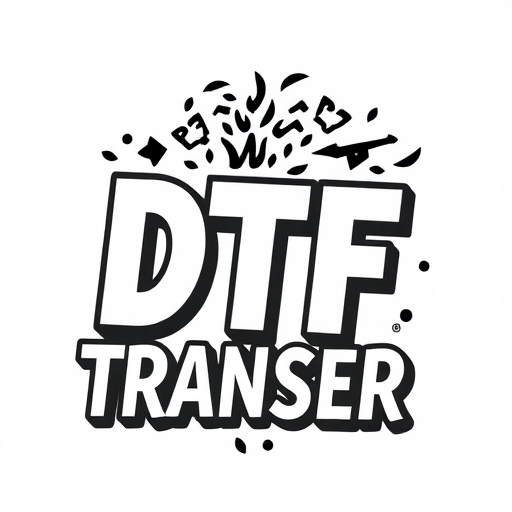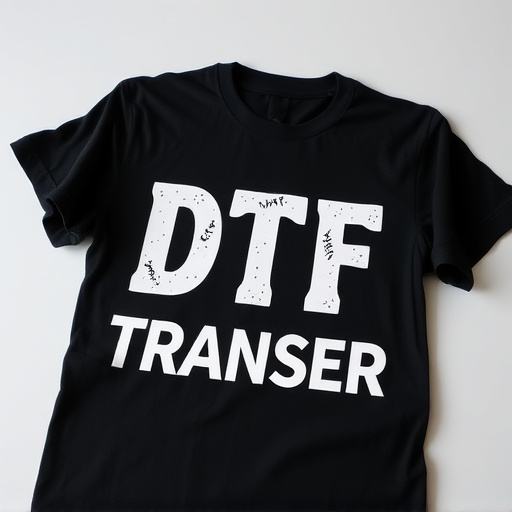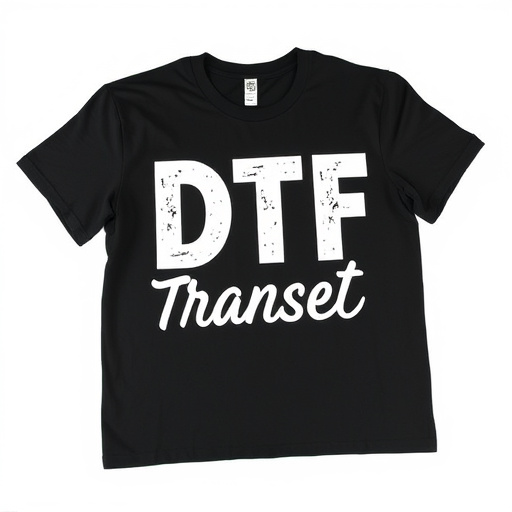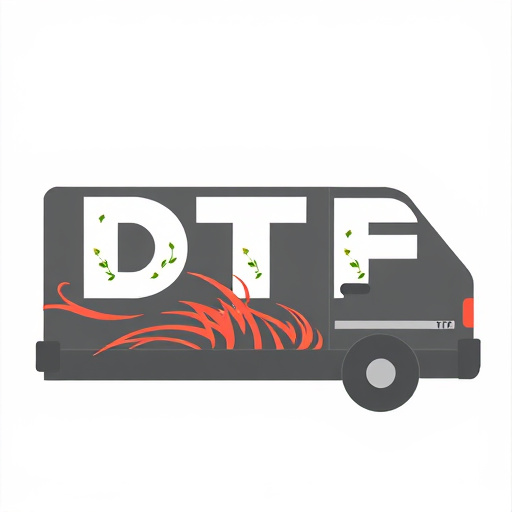Direct-to-film (DTF) transfer printing and dye sublimation are two cutting-edge methods for creating custom prints. DTF Transfer involves applying ink to a film, which is then pressed onto fabrics or other materials, offering fast, versatile production with vibrant colors and intricate designs. Dye sublimation uses heat to transfer dye directly into substrates, producing exceptional color saturation and smooth finishes ideal for high-quality applications like photo prints. While DTF Transfers excel in precision and detail on various materials, dye sublimation offers deeper, richer colors suitable for large-format signage and apparel. The choice depends on project requirements, with DTF Printing favoring intricate designs and dye sublimation printing excelling in large-scale, vibrant full-color images.
In the realm of printing, Direct-to-Film (DTF) transfers and dye sublimation offer distinct approaches to creating high-quality prints. This article delves into the intricacies of each method, providing a comprehensive overview of DTF transfer and exploring the dye sublimation process. We’ll highlight key differences, compare image quality, and discuss diverse applications. By understanding these techniques, you can make informed decisions for your printing projects, choosing between DTF transfers or dye sublimation to produce exceptional results tailored to your needs.
- Understanding Direct-to-Film (DTF) Transfer: A Comprehensive Overview
- The Dye Sublimation Printing Process: How It Works
- Key Differences Between DTF Transfer and Dye Sublimation
- Image Quality and Resolution in DTF vs. Dye Sublimated Prints
- Applications and Use Cases for Each Printing Method
- Choosing the Right Printing Technique: Considerations for Different Projects
Understanding Direct-to-Film (DTF) Transfer: A Comprehensive Overview
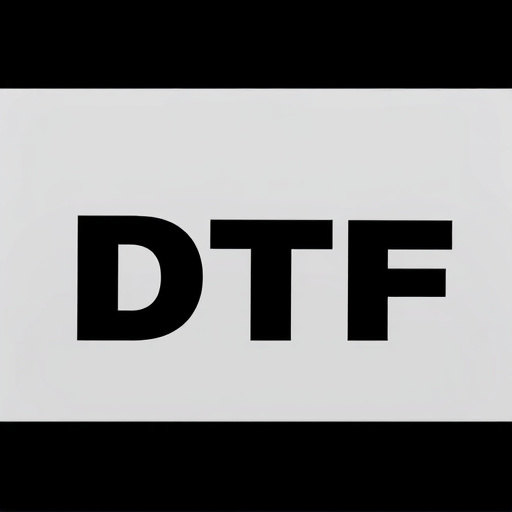
Direct-to-Film (DTF) transfer is a printing method that has gained significant traction in the textile and apparel industry. This process involves transferring ink directly onto a film, which is then applied to the fabric using heat and pressure. DTF offers several advantages, such as vibrant colors, fast production times, and versatility in print sizes and shapes. It’s particularly popular for creating custom garments, as it allows for on-demand printing with minimal setup time.
DTF transfer utilizes advanced ink technologies that bond permanently to the fabric, ensuring durability and washfastness. The film used in this process is typically made from mylar or polyester, which makes it resistant to smudging and fading. This method also eliminates the need for screens or plates, streamlining the printing workflow. Additionally, DTF prints can achieve intricate designs and fine details, making them suitable for a wide range of creative applications, from fashion to home decor.
The Dye Sublimation Printing Process: How It Works

Dye sublimation printing is a direct-to-media process that produces high-quality, vibrant prints. It involves transferring dye from a solid state into a gaseous state, which then permeates a special paper or fabric. This method is particularly popular for creating DTF transfers and DTF prints on various materials like cotton, polyester, and even metal. The process starts with a digital image that is split into multiple layers of color, typically red, green, and blue (RGB). These layers are then exposed to heat, causing the dye to evaporate and be absorbed by the substrate. This results in sharp, detailed prints with an array of colors and tones.
Unlike traditional printing methods, dye sublimation doesn’t rely on ink or a physical stamp. The heat-sensitive dye is directly transferred, ensuring consistent quality and enabling intricate designs. This makes DTF transfer and DTF printing highly versatile for custom products, allowing artists and businesses to create unique, eye-catching items with ease.
Key Differences Between DTF Transfer and Dye Sublimation
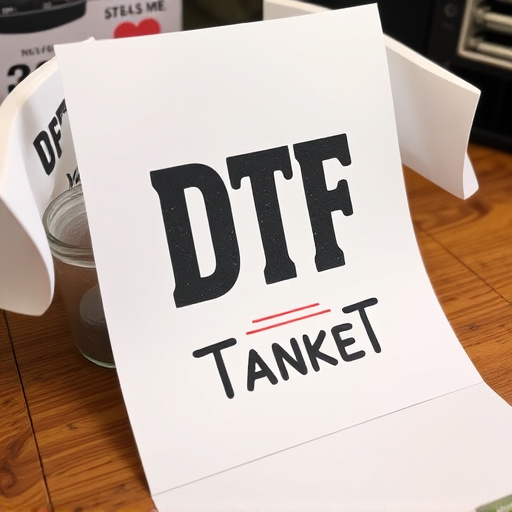
When comparing DTF (Direct-to-Film) transfer and dye sublimation printing, a key difference lies in their production processes. DTF Transfer involves applying ink directly onto a specific film or substrate, which is then heat-pressed onto various materials like fabric or metal. This method offers vibrant colors and works well for creating DTF prints with intricate details on a wide range of surfaces.
Dye sublimation printing, in contrast, uses heat to transfer dye from a solid state (ink) directly into the porous surface of a substrate, typically polyester or polyamide fabrics. This results in exceptional color saturation and a smooth, almost painting-like finish. While DTF Printing is versatile, dye sublimation provides a unique level of depth and richness to the final DTF prints, making it ideal for high-quality applications like photo prints and art reproductions.
Image Quality and Resolution in DTF vs. Dye Sublimated Prints

When comparing direct-to-film (DTF) transfers and dye sublimation printing, image quality and resolution are key considerations for print enthusiasts and professionals alike. DTF transfers offer a high level of detail and sharpness, especially with their ability to capture fine lines and subtle color gradients. This makes DTF prints ideal for intricate designs, photographs, and artwork that demand precision. The process involves transferring ink directly onto a film, which is then applied to the final medium, ensuring a crisp and clear image.
On the other hand, dye sublimation printing also delivers exceptional visual fidelity, but with a unique twist. This method uses heat to transform solid dyes into gas, allowing them to permeate the substrate material, resulting in vibrant and saturated colors. Dye sublimation prints can exhibit a slight softness around edges compared to DTF, but they are known for their ability to reproduce rich, full-color images with minimal grain or texture visible to the naked eye. This makes it a popular choice for large-format printing, especially in applications like signage, display graphics, and even promotional items.
Applications and Use Cases for Each Printing Method
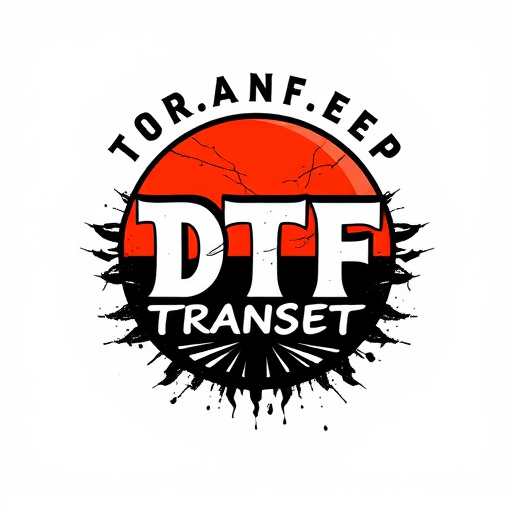
Direct-to-film (DTF) transfers and dye sublimation printing are two distinct methods with unique applications in various industries. DTF transfers are a popular choice for creating high-quality prints on a variety of materials, including textiles, plastics, and metals. It’s particularly useful in scenarios where custom designs need to be applied to products like phone cases, t-shirts, and promotional merchandise. The direct application of ink onto the surface allows for intricate details and vibrant colors, making DTF ideal for small-batch production runs and personalized items.
On the other hand, dye sublimation printing is a versatile process that has found its niche in large-scale applications. It’s commonly used for producing high-resolution prints on materials like polyester fabrics, metal, and even ceramic surfaces. This method is favored in industries where consistent quality and durability are paramount, such as in the manufacturing of banners, posters, and branded clothing for outdoor events or sports teams. Dye sublimation’s ability to seamlessly blend colors and create smooth gradients makes it a go-to solution for capturing intricate images and designs.
Choosing the Right Printing Technique: Considerations for Different Projects
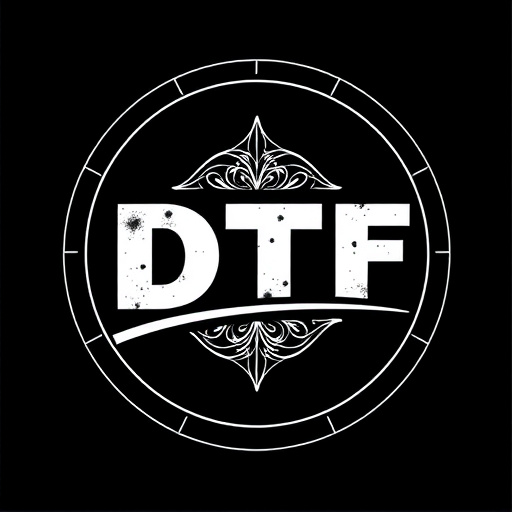
When deciding between a DTF (Direct-to-Film) transfer and dye sublimation printing for your project, it’s crucial to consider the specific requirements of your design and intended outcome. Each technique offers unique advantages and is better suited for different applications. For example, DTF transfers are ideal for creating high-quality prints on a variety of materials, including textiles and plastics. They provide excellent color accuracy and detail reproduction, making them perfect for detailed artwork or complex graphics that demand precision.
On the other hand, dye sublimation printing is renowned for its ability to produce vibrant, long-lasting colors on fabrics. This method is particularly popular for creating custom apparel, as it ensures the design becomes an integral part of the fabric, resulting in a durable and high-quality final product. While DTF transfers might be more versatile in terms of surface types, dye sublimation offers a superior color gradient and saturation, making it the preferred choice when vivid colors are essential to the project’s success.






